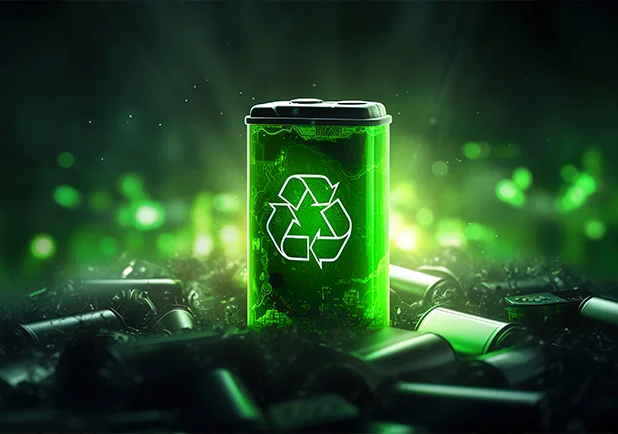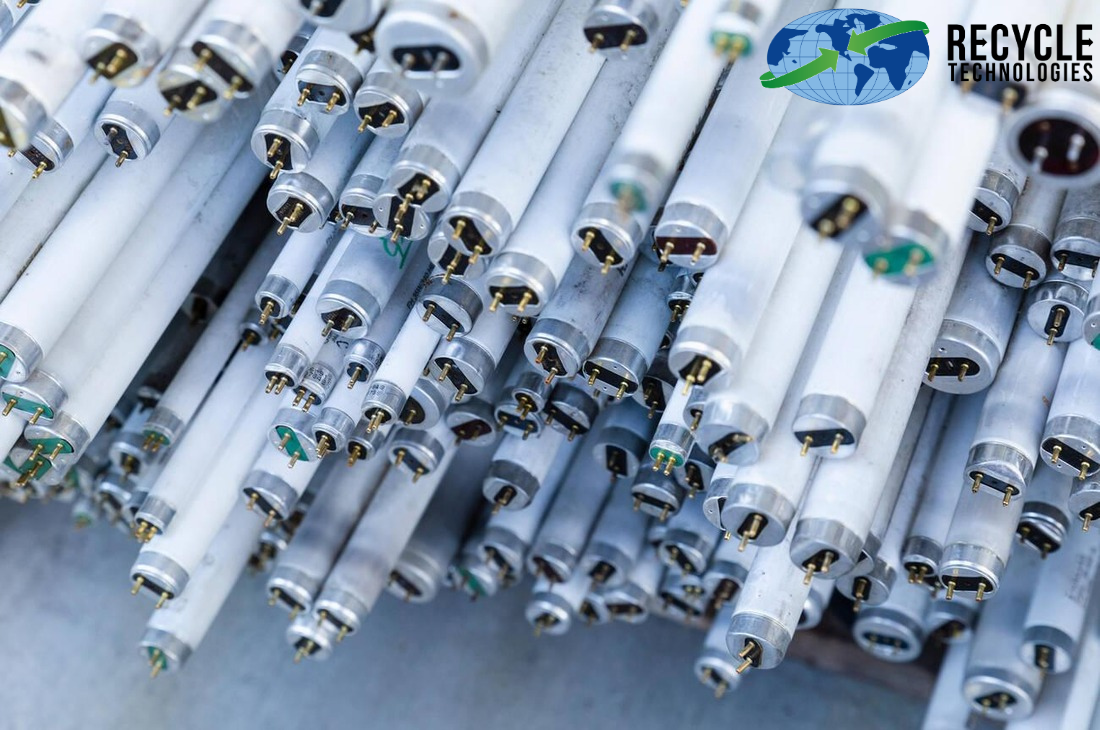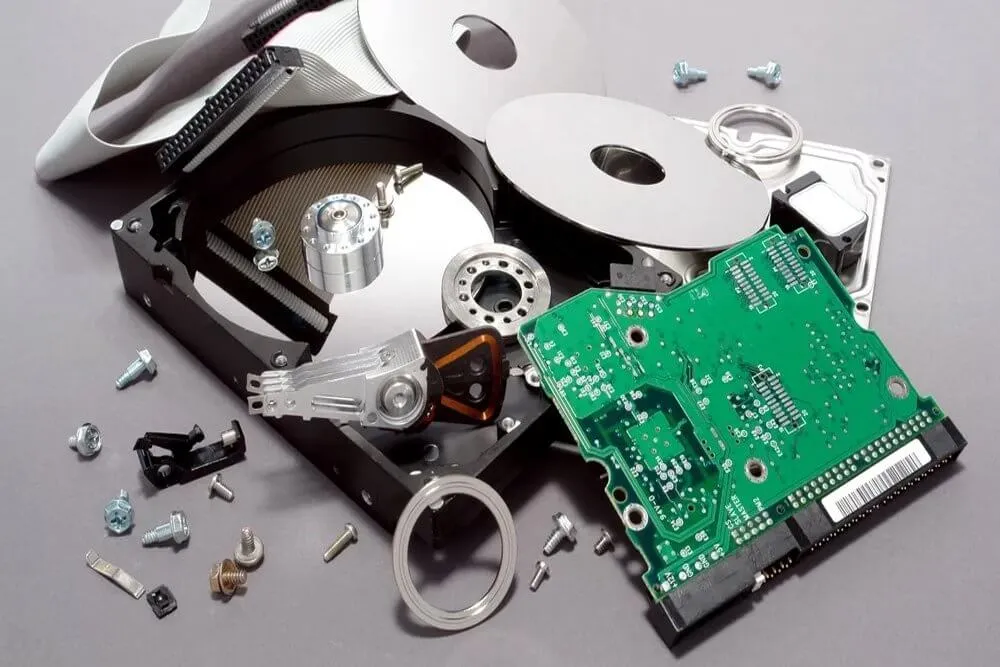As we celebrate Earth Day 2024, exploring sustainable energy solutions that can pave the way for a greener future is crucial. One innovation that has revolutionized how we harness and store renewable energy is the Tesla Powerwall. The Tesla Powerwall is a cutting-edge lithium-ion battery storage system that allows homeowners and businesses to store excess energy generated from solar panels or the grid for use during high demand or power outages. We will investigate the world of Tesla Powerwall recycling, uncovering its importance, process, benefits, challenges, and the future of this sustainable practice.
Importance of Recycling Tesla Powerwall
Recycling Tesla Powerwall batteries is of paramount importance for several reasons. Firstly, extracting raw materials necessary for lithium-ion batteries, such as lithium, cobalt, and nickel, often involves environmentally damaging practices, including strip mining and deforestation. By recycling these batteries, we can reduce the need for further extraction, preserve fragile ecosystems, and mitigate the negative impacts of mining on local communities.
Secondly, Tesla Powerwall batteries have a limited lifespan, typically around 10 years. Recycling these batteries ensures that valuable materials are not wasted and can be repurposed for future use. By extending the lifecycle of these batteries through recycling, we can maximize their economic and environmental value, reducing the demand for new battery production and minimizing the associated carbon emissions.
Knowing the Tesla Powerwall Recycling Process
The Tesla Powerwall recycling process is a complex yet fascinating endeavor that involves multiple steps to recover valuable materials and mitigate environmental harm. When a Tesla Powerwall reaches the end of its life cycle, it is carefully dismantled by Recycling Technologies to separate the various components. The first step is the removal of the outer casing, followed by the extraction of the battery module.
Once the battery module is isolated, it undergoes mechanical shredding, which breaks it down into smaller pieces. This shredded material is then subjected to a hydrometallurgical process, where valuable metals such as lithium, cobalt, and nickel are dissolved and separated using chemical solutions. These metals can then be further purified and used to produce new batteries or other applications.
It is important to note that recycling also involves properly handling and disposing of hazardous materials. Any residual chemicals or toxic substances are carefully managed to prevent contamination and environmental pollution. Recycling Technologies ensures that the entire process adheres to strict environmental and safety regulations.
Benefits of Recycling Tesla Powerwall For Earth On Earth Day 2024
Recycling Tesla Powerwall batteries offer a myriad of benefits, both for the environment and the economy. Firstly, it significantly reduces the need for new battery production, conserving valuable resources and minimizing the environmental impact of mining and manufacturing. By recycling just one Tesla Powerwall battery, we can recover a substantial amount of raw materials that would otherwise require extensive extraction.
Furthermore, recycling Tesla Powerwall batteries helps close the throw-away system's loop, where materials are continuously reused and recycled. This circular approach reduces waste generation and promotes a more sustainable and efficient use of resources. Additionally, it stimulates the growth of a green economy by fostering the development of recycling technologies and creating job opportunities in the recycling industry.
Challenges in Recycling Tesla Powerwall
While the benefits of recycling Tesla Powerwall batteries are clear, several challenges need to be addressed. One of the primary challenges is the sheer volume of batteries that will require recycling as the adoption of renewable energy systems like the Tesla Powerwall continues to grow. That’s where Recycling Technologies come into play with proper strategic and green solutions to sustain the earth. Scaling up recycling infrastructure and capacity to meet this demand is essential to ensure these batteries' effective and efficient recycling.
Another challenge lies in the complexity of the battery itself. Tesla Powerwall batteries comprise various materials, including metals, plastics, and electronic components. Each component requires specialized recycling processes to extract valuable materials and dispose of hazardous substances properly. Developing efficient and cost-effective recycling methods for such complex batteries is a hurdle that must be overcome.
Environmental Impact of Tesla Powerwall Recycling
The environmental impact of Tesla Powerwall recycling is significant and positive. By recycling these batteries, we can reduce the need for further extraction of raw materials, which often involves destructive mining practices. This, in turn, helps to preserve ecosystems, protect biodiversity, and mitigate the harmful effects of mining on local communities.
Furthermore, recycling Tesla Powerwall batteries helps reduce greenhouse gas emissions. The production of batteries, especially those reliant on fossil fuels, contributes to carbon emissions. Recycling and reusing materials can minimize the need for new battery production, thus reducing the carbon footprint associated with battery manufacturing.
Innovations in Lithium-Ion Battery Recycling for Tesla Powerwall
In recent years, there have been significant advancements in lithium-ion battery recycling technologies aimed at improving the efficiency and sustainability of the process. One such innovation is the development of hydrometallurgical processes that allow for the selective extraction and recovery of valuable metals from battery materials. These processes minimize waste generation and maximize resource recovery.
Additionally, researchers are exploring alternative recycling methods, such as pyrometallurgy and biotechnological approaches, to enhance the recycling process further. Pyrometallurgical methods involve high-temperature processes that can recover many metals from battery materials. Biotechnological approaches, on the other hand, utilize microorganisms to selectively recover metals, offering a more environmentally friendly and energy-efficient recycling method.
How to Recycle Your Tesla Powerwall
If you are a Tesla Powerwall owner and wish to recycle your battery, it is essential to follow proper procedures to ensure safe and responsible disposal. Tesla provides guidance and support for battery recycling through its extensive network of authorized recycling partners such as Recycling Technologies. Recycling Technologies have the expertise and facilities to handle the recycling process in compliance with environmental regulations.
To recycle your Tesla Powerwall, contact Recycling Technologies directly or visit their website to find the nearest authorized recycling facility. They will guide you through the necessary steps to safely remove and transport the battery to the recycling facility. It is crucial to entrust the recycling process to professionals to ensure that all hazardous materials are handled appropriately and that valuable resources are recovered efficiently.
Future of Tesla Powerwall Recycling on Earth Day 2024
As we look towards the future, the recycling of Tesla Powerwall batteries holds immense promise in shaping a sustainable world. With the increasing adoption of renewable energy systems, such as solar power and electric vehicles, the demand for battery storage solutions like the Tesla Powerwall will continue to rise. This presents an opportunity to further develop and refine recycling technologies to meet the growing need for battery recycling.
In the coming years, we expect to see advancements in recycling infrastructure and processes driven by increased awareness and investment in sustainable practices. Innovations in battery design and manufacturing, such as standardized components and easier disassembly, will also contribute to more efficient and cost-effective recycling. We can accelerate the transition towards a circular economy and a greener future by embracing these advancements and supporting recycling initiatives.
Closing
Join the movement for a sustainable future with Tesla Powerwall recycling on Earth Day 2024. Let us recognize the importance of sustainable energy solutions and the role that recycling plays in achieving a greener future. Tesla Powerwall recycling offers a pathway towards a circular economy, where valuable resources are continuously reused and waste is minimized. By recycling these batteries, we can conserve natural resources, reduce greenhouse gas emissions, and foster the growth of a green economy. Act now by connecting with Recycling Technologies for a brighter tomorrow.












